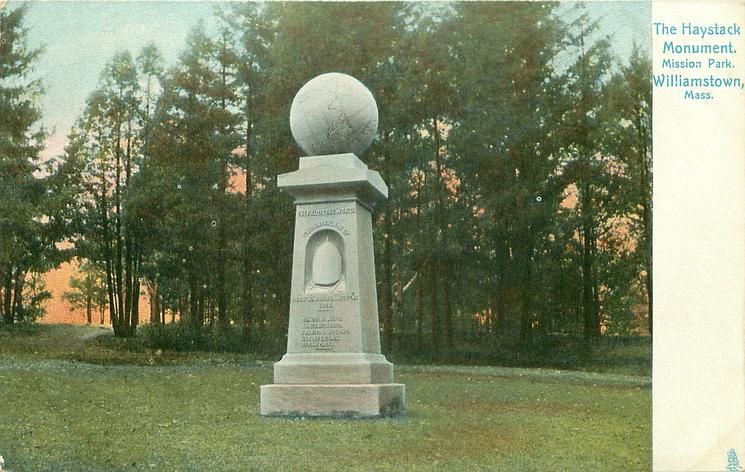
On March 7th, the following opinion piece was published in the Williams Record. The author is Christian Lockwood '20, an intended astronomy, geoscience, and classics majors who serves as Treasurer of the Society for Conservative Thought.
Preserving History: Reconsidering Decisions to Take Down Monuments
In the early morning hours of March 8, 1966, an explosion ripped through the streets of Dublin. Moments later, a statue of Lord Horatio Nelson came crashing down from its perch 100 feet above the rooftops of the city. No one was killed, although it was a close call for a wedding party. Finally, a hated symbol of British imperialism had been destroyed. Steps were taken by various scholarly organizations to preserve what was left of the 157-year-old monument, but the remains were deemed hazardous and torn down. Various museums, mansions and private collections now own the rubble of what was once one of Dublin’s most prominent and famous landmarks.
The issue of what to do with statues and monuments dedicated to imperialist, religious or racist motives is not a new one. We can learn from history about the repercussions (or lack thereof) resulting from their actions. The Irish Republican Army solved the problem of Nelson’s Pillar by blowing it up, endangering dozens of lives and destroying a historic monument in the process. We as a country must resist the urge to deface, tear down or remove our own “Pillars” as a matter of safety and respect for all parties involved, as well as to ensure the historic integrity of these works of art.
It is important to remember why certain monuments were erected, whether that enforces the argument to remove them or to keep them up. Columbus is a hero to many Italian-Americans, and statues in his honor were not built as a symbol of oppression, but as a source of pride. Italian (as well as Irish) immigrants dealt with racism after coming to America and are still subject to harmful stereotypes – who can’t imagine an Italian mobster or an Irish drunk? These monuments (and holidays) are meant to symbolize the acceptance of Italians into American society, not the exclusion of others from it. These monuments were erected with good intentions; to ignore that would be foolhardy and insulting to those who only wanted to remember someone who, to them, had served as an ethnic hero.
I would like to make clear that certain statues are currently in inappropriate places – Nelson’s Pillar certainly was, and the Irish had every right to petition for its removal. Context matters. A statue of Nelson might belong in the city of London but not Dublin, just as some American statues belong in war memorials but not in public parks. But they do belong somewhere, even if that location is a museum. These statues can contain all the virulent anger – or decency – present in their creation, and removing a statue from its original location can sterilize the threat presented by it. In Dublin, Nelson is a symbol of British imperialism. In a museum, he is just a hunk of stone. But in the end, no historic monument deserves to be spray-painted, melted down or otherwise reduced to rubble because of changing times.
Let us be rational in our actions, thinking critically about the measures we are taking and why we are taking them. We are the custodians of relics from different times; it is not an implicit endorsement to ensure that a statue is not destroyed. Taking down a monument might feel good in the moment, but it may be removing a source of cultural and historic pride for a group of people. We must have a free and open discussion about the correct course of action to take with monuments erected nationally and locally and, if absolutely necessary, remove and replace the monuments in question.
Fighting hate with hate is not the answer; it only blinds us to the nuances present in many of these monuments.
If you would like to contact Christian, his email is [email protected]. Click here to view this article on the Williams Record website: https://williamsrecord.com/2018/03/07/preserving-history-reconsidering-decisions-to-take-down-monuments/
Comments